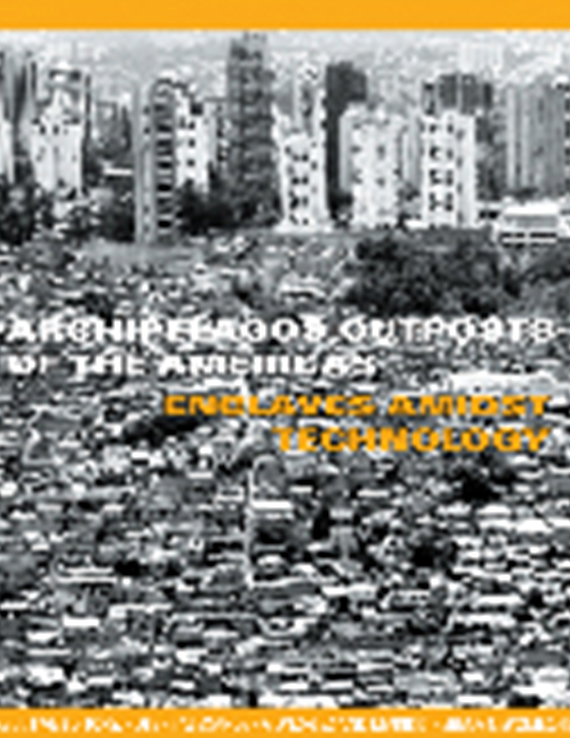Author(s): Cari Penabad
Marion Manley was a member of that first generation of academically trained women architects whose major achievements are only beginning to receive the attention they deserve in the history of American architecture. She arrived in South Florida during the First World War, promptly becoming the first female in the area to qualify for an architectural license, and she built here steadily through the middle of the century. While her important work for the University of Miami was published nationally during the 1940s and 50s and is documented, much of her prolific architectural output is unattributed, few examples ofher copious residential work have been documented, and many of her buildings are threatened with demolition. While her career is certainly of local interest, I also believe that it is it of significant importance within the context of the recent scholarly effort to round out the broader history of American architecture so that it can represent the work of women executed in areas beyond which earlier historians have focused. To this end, the paper will present the work of Marion Manley focusing on three distinct periods of Manley’s career: early residential work (1924-1938), the building of the University of Miami (1943-1956) and late residential work (1953-1970).
Volume Editors
Marilys R. Nepomechie & Robert Gonzalez
ISBN
0-935502-54-8

 Study Architecture
Study Architecture  ProPEL
ProPEL 
